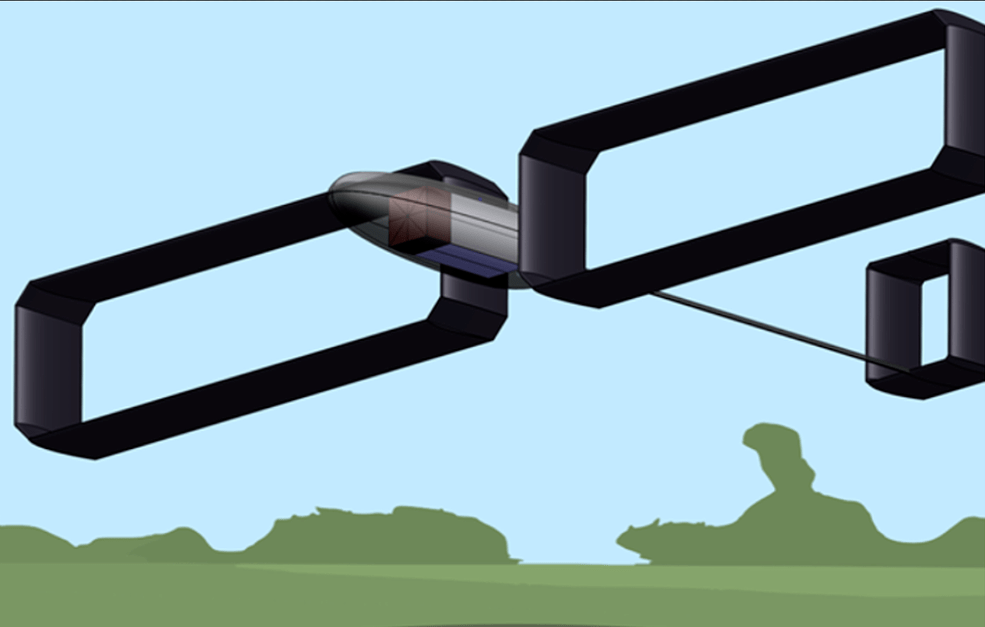Silent, Solid-State Propulsion for Advanced Air Mobility Vehicles
Steven Barrett
Massachusetts Institute of Technology
Advanced air mobility (AAM) is an aviation ecosystem that envisions small, electric aircraft operations in urban areas, for missions including intra- and inter-city passenger transport, cargo delivery, and private or recreational operations. Beyond remaining engineering challenges, community opposition to vehicle noise is among the most significant obstacles to the widespread adoption of AAM vehicles. While advanced propulsion techniques such as distributed electric propulsion can provide noise reductions to AAM vehicles using propellers, it is unlikely that these improvements will be sufficient to eliminate community opposition to noise.
Our previous work under a NIAC Phase I grant has shown that unmanned vertical takeoff and landing (VTOL) aircraft using electroaerodynamic (EAD) thrusters are theoretically capable of performing useful AAM missions. EAD devices produce a thrust force by accelerating ions across an electric field without moving parts: as ions collide with neutral air molecules, they transfer momentum to them, resulting in a thrust force. Since EAD thrusters can be nearly silent, an aircraft propelled by this technology could perform missions that would otherwise be infeasible due to community opposition to noise.
Our work to date has focused on conceptual aircraft design and thruster modeling. For Phase II, we propose to bridge the gap between theory and practice by designing, building, and flying an aircraft propelled by multistaged ducted EAD thrusters with a useful payload (order of one pound) and an endurance on the order of tens of minutes. In particular, we envision a VTOL-capable configuration demonstrator (VCCD) aircraft that would serve as a steppingstone towards our long-term goal of VTOL-capable EAD aircraft. This VCCD aircraft will have the same vehicle architecture as our proposed VTOL aircraft, but will perform a conventional takeoff and landing mission. The design and testing of this VCCD aircraft would serve (i) to validate our design models, in particular regarding thruster performance and noise, through both flight tests and wind tunnel testing; (ii) to advance our power electronics and thruster capabilities, with the eventual goal of reaching VTOL-required performance; and (iii) to achieve an experimental understanding of the effect of pressure losses in an MSD system. In addition to getting us closer to practical VTOL, we expect that this VCCD EAD aircraft could be a first viable near-silent vehicle for an AAM ecosystem.






























